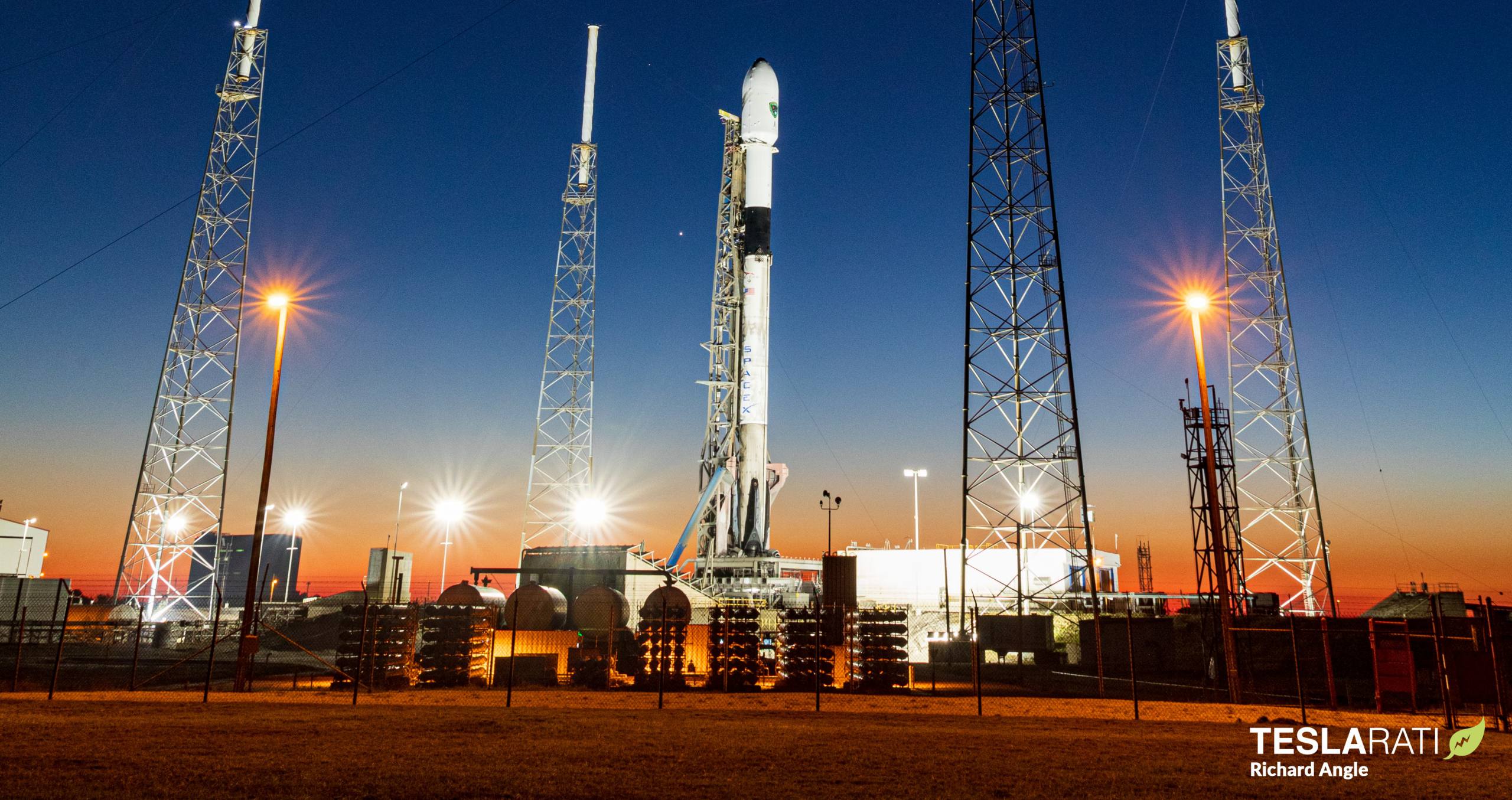

News
SpaceX ships head to sea for fifth upgraded GPS satellite launch [webcast]
Two SpaceX ships have headed to sea to recover parts of Falcon 9 after the rocket’s fifth upgraded GPS III satellite launch for the US military.
On Tuesday, SpaceX confirmed that Falcon 9 is scheduled to launch GPS III Space Vehicle 06 (SV06) no earlier than (NET) 7:10 am EST (12:10 UTC) on Wednesday, January 18th. Built by Lockheed Martin for an average of $610 million each [PDF], the payload is the sixth of ten upgraded GPS III satellites and weighs around 4.35 tons (~9600 lb). Its eventual destination is a circular Medium Earth Orbit (MEO) around 20,200 kilometers (12,550 mi) above Earth’s surface, where it will join dozens of other GPS satellites.
If past trends continue, SpaceX’s two-stage Falcon 9 rocket will be tasked with launching GPS III SV06 to a transfer orbit measuring around 400 kilometers by 20,200 kilometers. The satellite will then use its own propulsion system and propellant to raise its perigee and enter a circular, operational orbit.
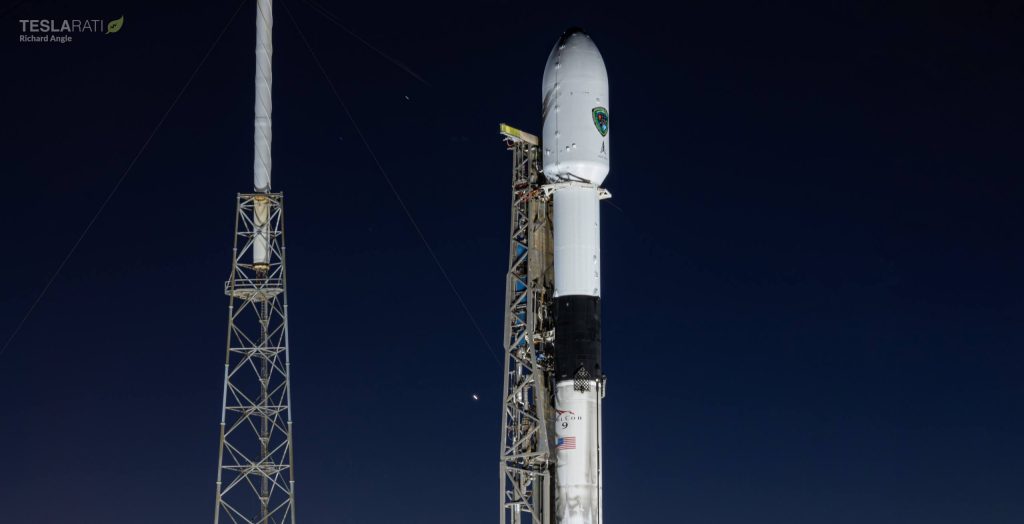
The update that's rolling out to the fleet makes full use of the front and rear steering travel to minimize turning circle. In this case a reduction of 1.6 feet just over the air— Wes (@wmorrill3) April 16, 2024
SpaceX will then attempt to recover Falcon 9’s reusable booster on drone ship A Shortfall of Gravitas (ASOG), which will be stationed about 640 kilometers (~400 mi) northeast of the company’s Cape Canaveral Space Force Station LC-40 launch pad. ASOG was towed to sea on Friday, January 13th. Used once before to launch four astronauts on SpaceX’s Crew-5 mission, Falcon 9 B1077 will reportedly launch GPS III SV06, becoming the second flight-proven rocket to launch a GPS III satellite.
770 kilometers (~460 mi) downrange, recovery ship Doug – which left port on January 15th – will try to fish Falcon 9’s GPS III SV06 payload fairing halves out of the ocean for reuse. Fairing recovery and reuse have quietly become almost as reliable and routine as Falcon booster recovery. SpaceX is still the only company or group to successfully reuse an orbital-class rocket’s fairing.
GPS III SV06 will be SpaceX’s fifth upgraded GPS satellite launch since December 2018. The mission is part of a block of four contracts that represent a minor revolution in US military launch procurement. During SpaceX’s first GPS III launch, the company was forced to expend an entire Falcon 9 rocket – likely out of an abundance of caution and at the request of the US Air Force. For its three subsequent GPS III launches, SpaceX was able to recover each Falcon 9 booster while still launching the payload to the same orbit as the first expendable mission.
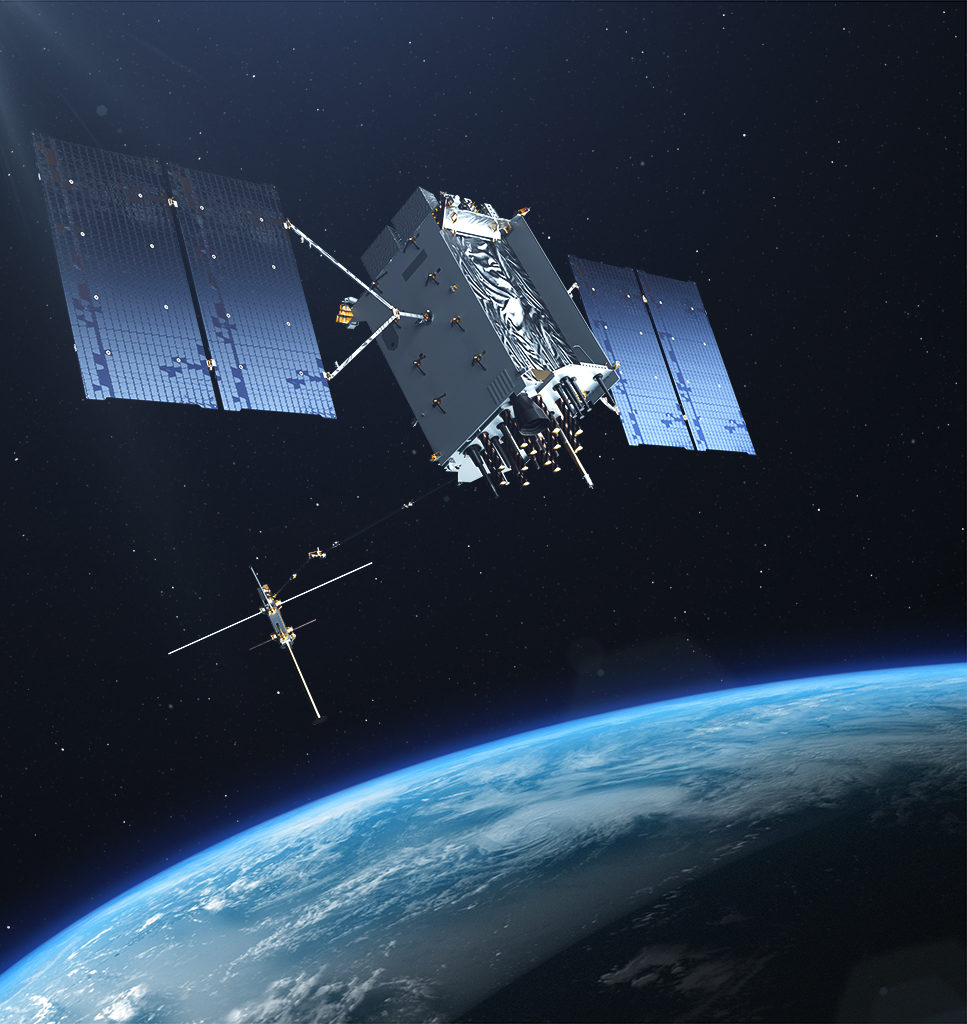
Soon after that first success, SpaceX won a contract worth $290.5 million for three more GPS III launches. At some point, the US military reassessed the situation and decided that SpaceX’s reusable Falcon boosters were becoming reliable enough to safely launch military payloads. The Space Force ultimately renegotiated its contract with SpaceX to allow the company to launch GPS III SV05 and SV06 on reused Falcon 9 boosters, reducing the total cost to the taxpayer to $226.5 million.
After GPS III SV06, the Space Force only has one GPS III launch contract left – using a ULA Vulcan rocket that has yet to fly. The three remaining GPS III satellites still need launch contracts, and the first tranche of ten GPS III satellites will be followed by up to 22 GPS IIIF Follow On satellites that will also need launches. Given the company’s track record and lower prices, SpaceX will likely be tasked with launching a large portion of those future satellites throughout the 2020s and into the 2030s.
Tune in below around 6:55 am EST (11:55 UTC) to watch SpaceX’s fifth GPS III launch live.
News
These Tesla, X, and xAI engineers were just poached by OpenAI
The news is the latest in an ongoing feud between Elon Musk and the Sam Altman-run firm OpenAI.

OpenAI, the xAI competitor for which Elon Musk previously served as a boardmember and helped to co-found, has reportedly poached high-level engineers from Tesla, along with others from xAI, X, and still others.
On Tuesday, Wired reported that OpenAI hired four high-level engineers from Tesla, xAI, and X, as seen in an internal Slack message sent by co-founder Greg Brockman. The engineers include Tesla Vice President of Software Engineering David Lau, X and xAI’s head of infrastructure engineering Uday Ruddarraju, and fellow xAI infrastructure engineer Mike Dalton. The hiring spree also included Angela Fan, an AI researcher from Meta.
“We’re excited to welcome these new members to our scaling team,” said Hannah Wong, an OpenAI spokesperson. “Our approach is to continue building and bringing together world-class infrastructure, research, and product teams to accelerate our mission and deliver the benefits of AI to hundreds of millions of people.”
Lau has been in his position as Tesla’s VP of Software Engineering since 2017, after previously working for the company’s firmware, platforms, and system integration divisions.
“It has become incredibly clear to me that accelerating progress towards safe, well-aligned artificial general intelligence is the most rewarding mission I could imagine for the next chapter of my career,” Lau said in a statement to Wired.
🚨Optimistic projections point to xAI possibly attaining profitability by 2027, according to Bloomberg's sources.
If accurate, this would be quite a feat for xAI. OpenAI, its biggest rival, is still looking at 2029 as the year it could become cash flow positive.💰 https://t.co/pE5Z9daez8
— TESLARATI (@Teslarati) June 18, 2025
READ MORE ON OPENAI: Elon Musk’s OpenAI lawsuit clears hurdle as trial looms
At xAI, Ruddarraju and Dalton both played a large role in developing the Colossus supercomputer, which is comprised of over 200,000 GPUs. One of the major ongoing projects at OpenAI is the company’s Stargate program,
“Infrastructure is where research meets reality, and OpenAI has already demonstrated this successfully,” Ruddarraju told Wired in another statement. “Stargate, in particular, is an infrastructure moonshot that perfectly matches the ambitious, systems-level challenges I love taking on.”
Elon Musk is currently in the process of suing OpenAI for shifting toward a for-profit model, as well as for accepting an investment of billions of dollars from Microsoft. OpenAI retaliated with a counterlawsuit, in which it alleges that Musk is interfering with the company’s business and engaging in unfair competition practices.
Elon Musk confirms Grok 4 launch on July 9 with livestream event
News
SpaceX share sale expected to back $400 billion valuation
The new SpaceX valuation would represent yet another record-high as far as privately-held companies in the U.S. go.
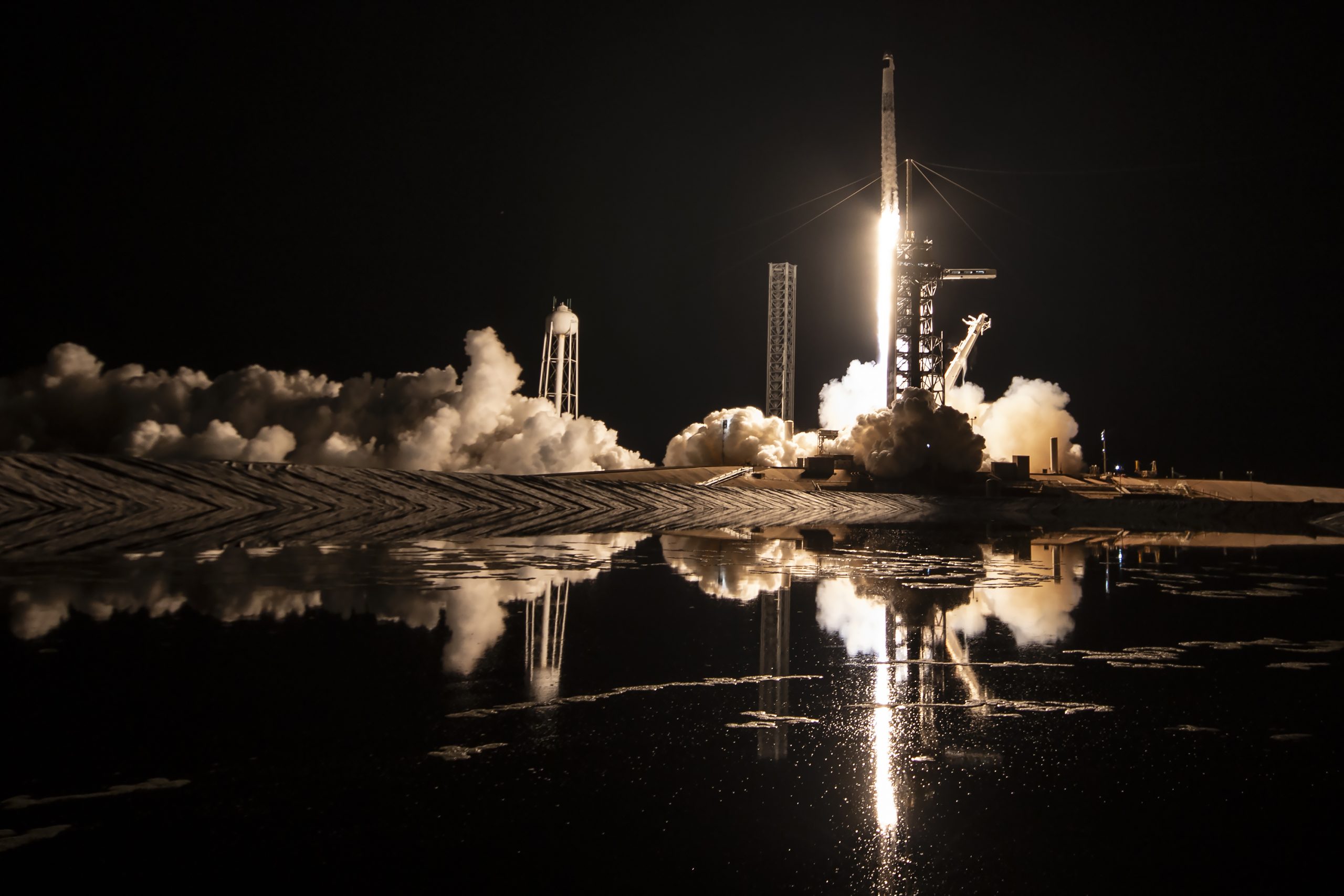
A new report this week suggests that Elon Musk-led rocket company SpaceX is considering an insider share sale that would value the company at $400 billion.
SpaceX is set to launch a primary fundraising round and sell a small number of new shares to investors, according to the report from Bloomberg, which cited people familiar with the matter who asked to remain anonymous due to the information not yet being public. Additionally, the company would sell shares from employees and early investors in a follow-up round, while the primary round would determine the price for the secondary round.
The valuation would represent the largest in history from a privately-owned company in the U.S., surpassing SpaceX’s previous record of $350 billion after a share buyback in December. Rivaling company valuations include ByteDance, the parent company of TikTok, as well as OpenAI.
Bloomberg went on to say that a SpaceX representative didn’t respond to a request for comment at the time of publishing. The publication also notes that the details of such a deal could still change, especially depending on interest from the insider sellers and share buyers.
Axiom’s Ax-4 astronauts arriving to the ISS! https://t.co/WQtTODaYfj
— TESLARATI (@Teslarati) June 26, 2025
READ MORE ON SPACEX: SpaceX to decommission Dragon spacecraft in response to Pres. Trump war of words with Elon Musk
SpaceX’s valuation comes from a few different key factors, especially including the continued expansion of the company’s Starlink satellite internet company. According to the report, Starlink accounts for over half of the company’s yearly revenue. Meanwhile, the company produced its 10 millionth Starlink kit last month.
The company also continues to develop its Starship reusable rocket program, despite the company experiencing an explosion of the rocket on the test stand in Texas last month.
The company has also launched payloads for a number of companies and government contracts. In recent weeks, SpaceX launched Axiom’s Ax-4 mission, sending four astronauts to the International Space Station (ISS) for a 14-day stay to work on around 60 scientific experiments. The mission was launched using the SpaceX Falcon 9 rocket and a new Crew Dragon capsule, while the research is expected to span a range of fields including biology, material and physical sciences, and demonstrations of specialized technology.
News
Tesla Giga Texas continues to pile up with Cybercab castings
Tesla sure is gathering a lot of Cybercab components around the Giga Texas complex.
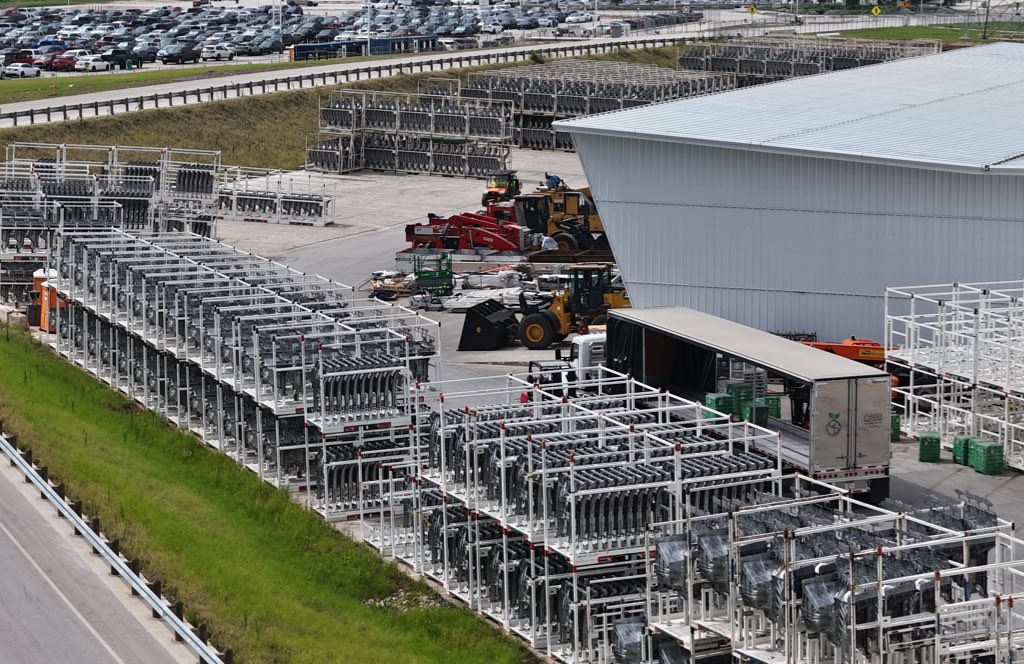
Tesla may be extremely tight-lipped about the new affordable models that it was expected to start producing in the first half of the year, but the company sure is gathering a lot of Cybercab castings around the Giga Texas complex. This is, at least, as per recent images taken of the facility.
Cybercab castings galore
As per longtime drone operator Joe Tegtmeyer, who has been chronicling the developments around the Giga Texas complex for several years now, the electric vehicle maker seems to be gathering hundreds of Cybercab castings around the factory.
Based on observations from industry watchers, the drone operator appears to have captured images of about 180 front and 180 rear Cybercab castings in his recent photos.
Considering the number of castings that were spotted around Giga Texas, it would appear that Tesla may indeed be preparing for the vehicle’s start of trial production sometime later this year. Interestingly enough, large numbers of Cybercab castings have been spotted around the Giga Texas complex in the past few months.
Cybercab production
The Cybercab is expected to be Tesla’s first vehicle that will adopt the company’s “unboxed” process. As per Tesla’s previous update letters, volume production of the Cybercab should start in 2026. So far, prototypes of the Cybercab have been spotted testing around Giga Texas, and expectations are high that the vehicle’s initial trial production should start this year.
With the start of Tesla’s dedicated Robotaxi service around Austin, it might only be a matter of time before the Cybercab starts being tested on public roads as well. When this happens, it would be very difficult to deny the fact that Tesla really does have a safe, working autonomous driving system, and it has the perfect vehicle for it, too.
-

 Elon Musk1 week ago
Elon Musk1 week agoTesla investors will be shocked by Jim Cramer’s latest assessment
-

 News2 weeks ago
News2 weeks agoTesla Robotaxi’s biggest challenge seems to be this one thing
-

 Elon Musk1 day ago
Elon Musk1 day agoElon Musk confirms Grok 4 launch on July 9 with livestream event
-

 News2 weeks ago
News2 weeks agoWatch the first true Tesla Robotaxi intervention by safety monitor
-

 News5 days ago
News5 days agoTesla Model 3 ranks as the safest new car in Europe for 2025, per Euro NCAP tests
-

 Elon Musk2 weeks ago
Elon Musk2 weeks agoA Tesla just delivered itself to a customer autonomously, Elon Musk confirms
-

 Elon Musk2 weeks ago
Elon Musk2 weeks agoxAI welcomes Memphis pollution results, environmental groups push back
-

 Elon Musk2 weeks ago
Elon Musk2 weeks agoElon Musk confirms Tesla Optimus V3 already uses Grok voice AI

















